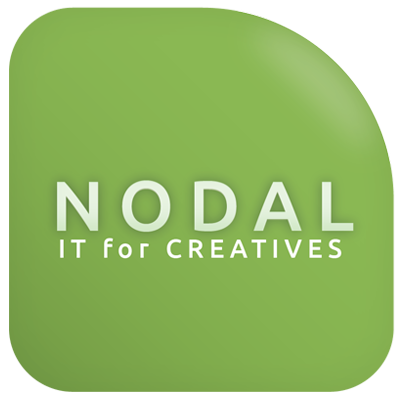Cloud-based file storage has become a big business. Currently estimated at roughly $80 billion worldwide and expected to grow exponentially, businesses and organizations rely on cloud services like Dropbox, Box, Microsoft Onedrive, and Google Drive to serve and share files between employees, especially remote workers as a means of collaboration and backing up files.
Google Drive is easily one of the dominant cloud storage providers. Reliable, relatively inexpensive, and tightly integrated into Google Workspace apps and Gmail, many rely on its service and Alphabet’s massive infrastructure to keep their files safe. That being the case, organizations shouldn’t confuse online storage with online backups.
Even with a greater than 99% service uptime, Google Drive is by no means infallible. Google services have experienced outages in the past (however rare); user error or hacking incidents can lead to the loss, deletion or compromise of stored files; departing employees may also control access to critical data and neglect to transfer ownership. In short: You can’t afford to rely solely on Google Drive, especially if you’re trying to stick to the 3-2-1 rule of data backups.
We shared backup options for Google Drive in pre-pandemic days, but as its use has become more ubiquitous and workforces have become more widely distributed, the topic seemed worthy of a revisit.
Google Takeout
Google Takeout has been a long time option for users of Google services to export their data to remote storage, and has grown to include many now-discontinued services including Google Wave, Classic Sites and others. While it’s a useful service, it does have some significant limitations: it deletes data archives after a seven-day period, needs to be performed manually, and the download speeds can be sluggish, especially for larger archives.
As a service, Google Takeout is more useful for personal accounts, but doesn’t have the ease of use and features to be a reliable backup option for organizations, especially those with terabytes’ worth of data.
Google Vault
Google Vault is a solution made for system administrators of Google Workspace (formerly GSuite) and can be used to generate large archives of Gmail messages, Drive files, Chat, Google Voice, etc. While it has many useful features, it’s decidedly not intended for use as a backup option, and it is better suited to archiving employee documents in the case of a lawsuit or for discovery in a legal setting.
Vault archives are made by user as opposed to by group or organization, which further limits its effectiveness as a backup tool, and costs organizations by user accordingly.
Google Data Export
It is possible for Workspace administrators to export full archives of an organization’s data, but as with the previous two solutions, there are a few gotchas: Not all data types are supported by it, it doesn’t export data for user accounts created within 24 hours of the archive process and it doesn’t export deleted data unless retained by Google Vault. It’s not foolproof, either, and often requires remediation and technical support from Google, and doesn’t offer up-to-the-minute data backups.
Google Backup and Sync
Google does allow for backup and syncing of Drive files to a local computer. While it’s good to be able to store local copies instead of depending solely on cloud-based storage, the operative term here is that it syncs your data to Google Drive. If files are accidentally deleted on a local instance, they’ll be deleted in Drive. If ransomware compromises and encrypts your data, you’ll have a headache both locally and remotely. For this reason, it has its uses, but isn’t a full-featured backup solution and is more vulnerable to user error than other solutions listed.
Third-Party Apps
There are a variety of third-party apps that can be used to overcome the shortcomings of some of Google’s in-house data retention and backup options. The one we’ve been recommending for years is Spanning, which is feature-reach, widely used and well-supported. It’s also compliant with several data and privacy retention regulations, including HIPAA, GDPR and SOC 2.
Spanning is developed specifically for organizational backups, enables easy backup of Gmail, Drive, Calendars, Contacts and Sites, and can provide an efficient method of recovering from a loss of data or internet connectivity. It’s also automated, meaning that your IT person or System Administrator doesn’t need to spend time creating regular data archives (although this should also be done periodically). It’s not limited to Google Drive, either; Spanning also supports Microsoft 365 and OneDrive backups, which makes it an even more appealing solution for organizations.
Have other questions about data backups or Spanning implementation? Contact Nodal today!
